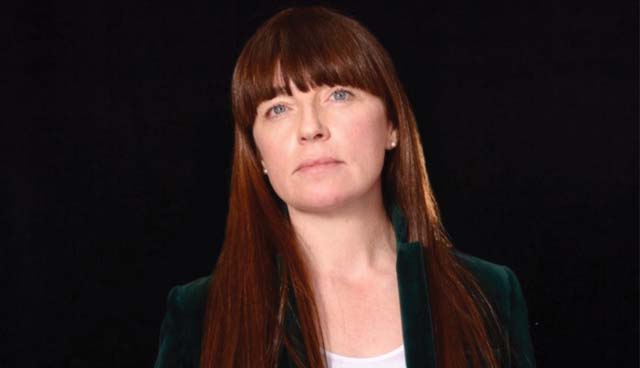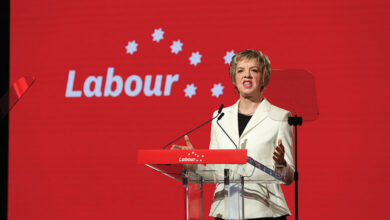
When a loved one dies and after they are laid to rest, attention must turn to getting their affairs in order. This is no small task for grieving families writes Laura Bambrick, Social Policy Officer at the Irish Congress of Trade Unions (ICTU).
For some families, this will include starting the probate process, notifying insurance companies and financial institutions, cancelling utilities and subscriptions, closing social media, and email accounts. For all, it will require contacting multiple government departments and official agencies to cancel benefits, entitlements, and public services.
During this extraordinarily difficult time, a bereaved relative is required to telephone, write, or attend each relevant section within each public body to notify them of the death, often repeating the same information: name, PPSN, the date of death.
For example, if the deceased was an older person, within the Department of Social Protection the next-of-kin must go in person to a civil registration office to register the death, contact the pensions section, the free travel section and, maybe also, the carers sections. Within the HSE, the medical card section, each hospital department (to cancel appointments and close files) and, maybe also, the home help section, the respite services section, and the day care services section all must be notified that the service user has died. Revenue will have to be contacted to settle tax issues, the NDLS to cancel a driving licence and the deceased’s passport returned to the passport office for cancellation. To name but a few.
While the sensitivity and professionalism of public servants in their dealings with people after a bereavement is not in question, navigating this bureaucratic maze is complex, time-consuming and risks causing upset. We have all heard of people being blindsided by grief when a jury summons or polling card for a long-dead loved one comes through the letterbox, because the local authority had not been requested to remove the deceased’s name from the electoral register.
Our process for notifying officialdom of a death is in stark contrast with the UK, where a free ‘tell us once’ public service allows a close relative to notify multiple central and local government agencies of the death at the same time.
It is not unreasonable to assume that the paperwork burden imposed on those we leave behind is the unavoidable price for a big state that provides us with an extensive range of public services and income supports when alive.
However, our process for notifying officialdom of a death is in stark contrast with the UK, where a free ‘tell us once’ public service allows a close relative to notify multiple central and local government agencies of the death at the same time. Everything, from a pension to a library card, is cancelled with a single phone call or online form.
During the life of the previous government, a 2017 review of state services around dying, death, and bereavement recommended that the Department of Social Protection introduce a joined-up notification service similar to the ‘tell us once’ service in place in the UK. While the then minister expressed a willingness to explore the option on the floor of the Seanad no concrete action was taken until earlier 2021, four years later.
Already, within the Department of Social Protection, processes are in place that when a next-of-kin registers a death with the General Register Office this information is shared across all sections that same day to terminate welfare payments, and with the Department of Public Expenditure and Reform for information sharing with the public sector pension services, local authorities and relevant public bodies. But this is a fraud prevention measure and is not publicised as a one-stop-shop option available to bereaved families.
Earlier this year a public consultation on proposals to address deficiencies in the current death registration process was launched by the Department of Social Protection. The manner and time required to register deaths had been found to hamper the ability of the State to provide timely death data from public administrative sources to support the pandemic health measures, unlike in other high-income peer countries.
In our submission to the consultation, the Irish Congress of Trade Unions recommended government close the gap in public service delivery for people who have suffered a bereavement by providing a joined-up notification service. In the words of our general secretary, Patricia King: “This simple fix would mean so much to the families of the 32,000 people who die in Ireland each year.”





